Culture & Lifestyle
Harmony of music and light
The Pisi festival is observed with street processions where people play traditional instruments and light sacred wicks, preserving a centuries-old custom.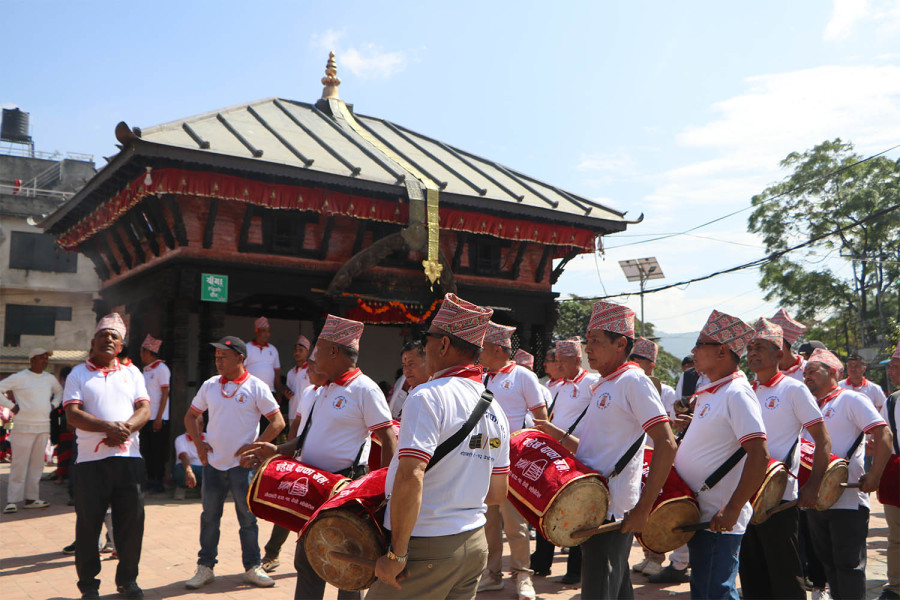
Timila Maharjan
As the sun goes down and traditional music fills the air, 67-year-old Maheswori Maharjan prepares in front of the Dafa Chhen, a community space for learning conventional musical instruments. She strolls through Thecho, Lalitpur, greeting familiar faces and lighting traditional wicks at temples with a smile.
The young and old play the music as the Guru guides the team. People leave their houses or peek out the windows to watch the Pisi. The one-hour-long Pisi has become a refreshing activity at the end of the day, where people enjoy music. It is a month-long festival celebrated in the Newa Community. People gather and walk around an area, lighting traditional wicks at different places and temples.
People put a white tika called Karuwa Sina in front of the Pingal temple, a symbol of Pisi. According to Aasharam Maharjan, the Guru of Nhuchhen Dafa Khala, white tika is used instead of red as it is more visible at night. Dafa Khala and Baja Khala (communal musical groups), from different localities play traditional musical instruments.
Women and girls walk ahead, lighting traditional wicks at different places while men play instruments behind them. Nowadays, many girls and women also play these musical instruments. Pisi is celebrated in places such as Thecho, Sunakothi, Chapagaun, Khokana, Pharping and more.
The festival started long ago, but the exact date cannot be traced. The complete form of Pisi is Pith Sewa, where the temples of different places are worshipped. According to Bir Krishna Maharjan, the Guru of Nhuchhen Dafa Khala, most Newa settlement areas celebrate this festival.
He says, “We go to Pisi during the evening in Thecho, while in Khokana and Sunakothi, they go in the morning.” This festival spans a month, from the Ashoj Krishna Astami to the Ashoj Sukla Ekadasi. Although Pisi officially ends in the Ashoj Sukla Ekadasi, one last Pisi is taken on the day of Kojagrat Purnima. In some places, the Pisi formally ends on the day of Kojagrat Purnima with a feast. But Thecho ends in the Ashoj Sukla Ekadasi with a grand ritual and feast.”
During the last day, the people participate in the festival and walk around the village. Each communal musical group perform rituals in the Pingal temple, and after the festival commences, they organise a feast. In the evening of Ekadasi, the dance of Nawa Durga is also shown in different places in Thecho and is taken to Patan and Chapagaun.
Traditional hymns are played in different parts of Thecho, and drinking water is kept at places for the devotees who come to Pisi. Bir Krishna says, “Playing traditional hymns is a new concept; in old times, it was not common.”
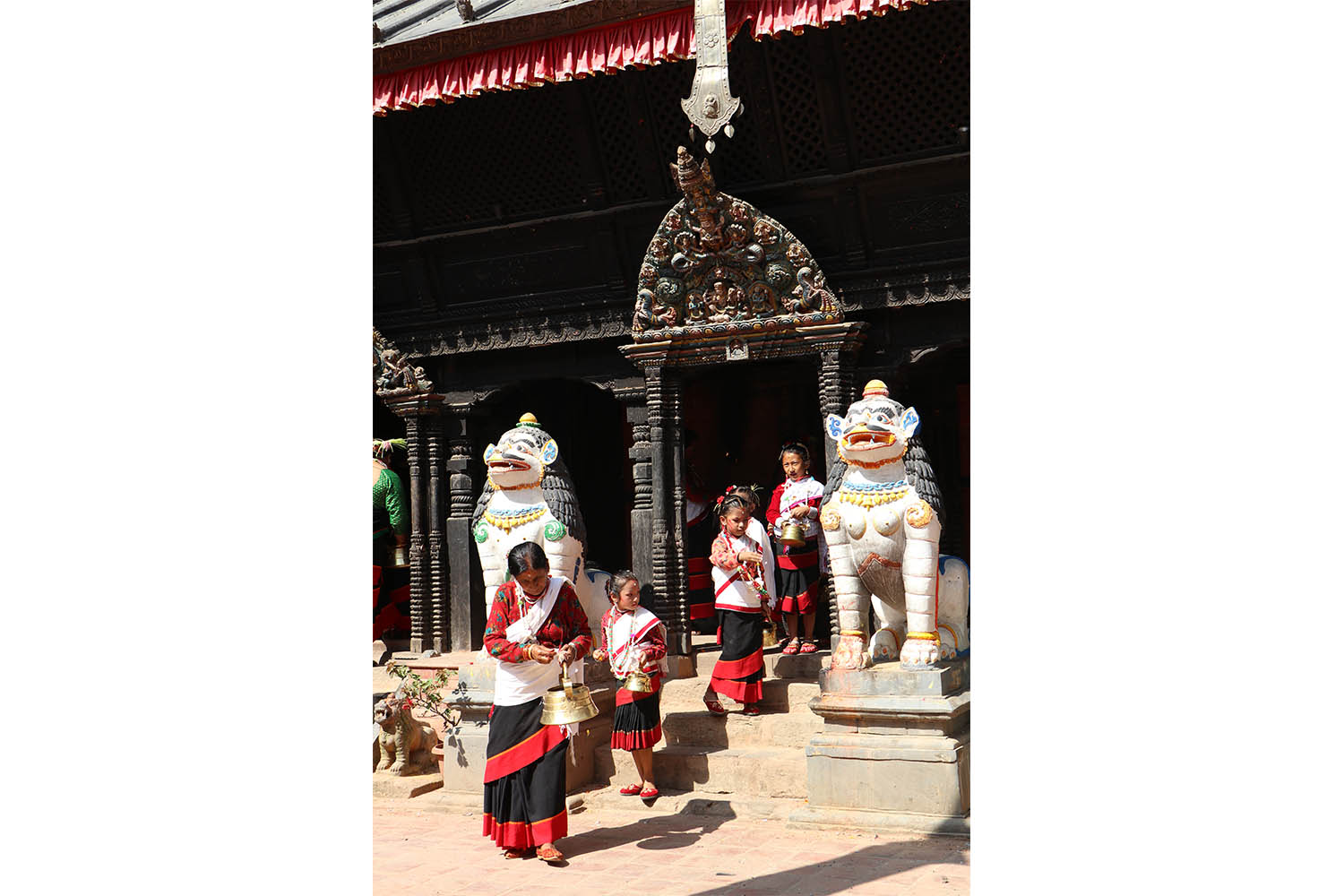
According to him, the number of participants has increased. There are now 100 members in one communal musical group, unlike in the past, when the number decreased in the middle. There are four Dafa Khala and 12 Baja Khala in Thecho.
On the day of Kojagrat Purnima, people clean and decorate all the chaityas in Thecho. There are different chaityas in different places called Chiba Dya which are decorated and worshipped during this day. People go to Pisi for the last time on Purnima dressed in traditional Newa dress, chanting various slogans dedicated to the Buddha. People also carry branches of different trees as the symbol of Budhha. Halmula (mixture of beaten corn, soybean, grain, and beans) is also distributed before the Chiba Dya. This day officially concludes the Pisi and Dashain as well. Bir Krishna says, “In the old days, on the day of Kojagrat Purnima, a group of people called Gon used to serve homemade rice beer to one member of each family in the community.”
61-year-old Ramkeshari Maharjan, a resident of Thecho whose maternal home is in Khokana, says, “We used to wake up at 4:00 am and get ready to go to the Pisi. In the early morning, people would play traditional musical instruments in every neighbourhood to wake everyone up. We would wash our faces in the Bagmati River, while some would take a full bath and stroll around the village until 9:00 am.”
The main temple in Khokana is the Sikali temple. However, the tradition of Pisi has faded due to the long and challenging walk. Ramkeshari fondly recalls the excitement of going to the Pisi every morning. “It was like our version of a morning walk, where we also connected with friends and relatives,” she says.
Aasharam says, “In Sunakothi, at least one person from every household is required to go Pisi, and on the last day, all the household members should participate in the feast. The festival is p Festival celebrated for 40 days in Sunakothi until Kojagrat Purnima. It is very difficult to organise every year, which may be the reason for its discontinuation.”
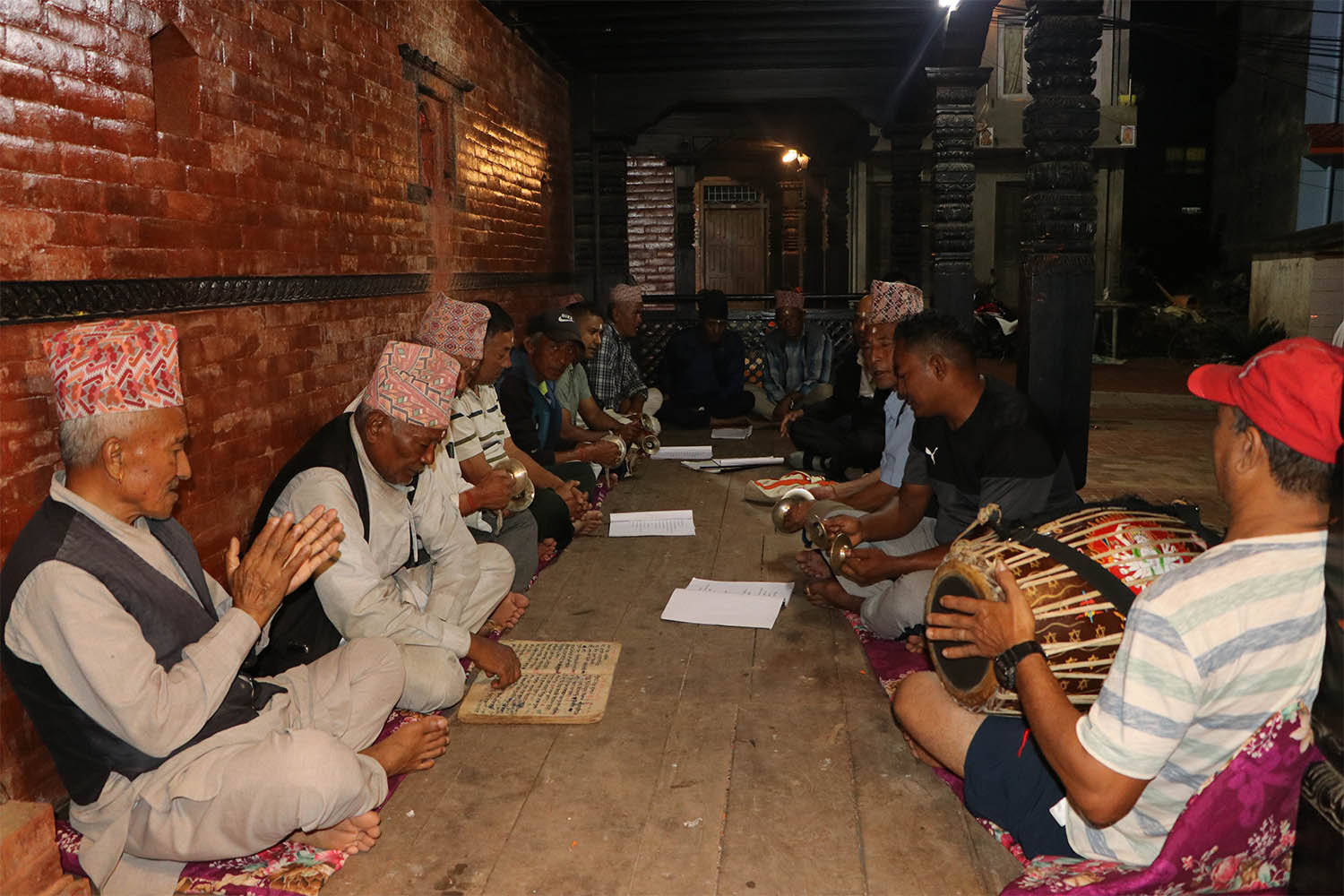
Maheswori says, “I have been going to Pisi since my childhood. In the past, almost everyone used to participate, but nowadays, young people do not show much interest in it.”
17-year-old Pralin Maharjan, a member of Nhuchhen Dafa Khala says, “I enjoy going to Pisi and playing flute with my friends. I participated even during my exams as it was an activity to freshen up from a long day. I like playing flute and am also learning to play Dha and Dhimey (traditional Newa musical instruments).”
Maakucha Maharjan explains, “The purpose of going to the Pisi is for celebration and entertainment. In the old days, it was also a chance for young boys and girls to meet and find marriage partners. People from Thecho would go to Pisi in Sunakothi and Chapagaun and come to Thecho in return. But today, this tradition has been discontinued.”
She recalls, “People would gather to watch the Pisi during the corn harvesting season. They brought large amounts of corn, and the entire community would help. Time would fly while watching the Pisi, as it was so much fun.”
Bir Krishna says, “In the past, people from various localities would gather in front of the Dafa Chhen to go to the Pisi, as there were only a few groups. But now, almost every locality has its communal musical groups, so they go to the Pisi separately. Some localities have even stopped going because their communal musical group has been discontinued.”




 6.12°C Kathmandu
6.12°C Kathmandu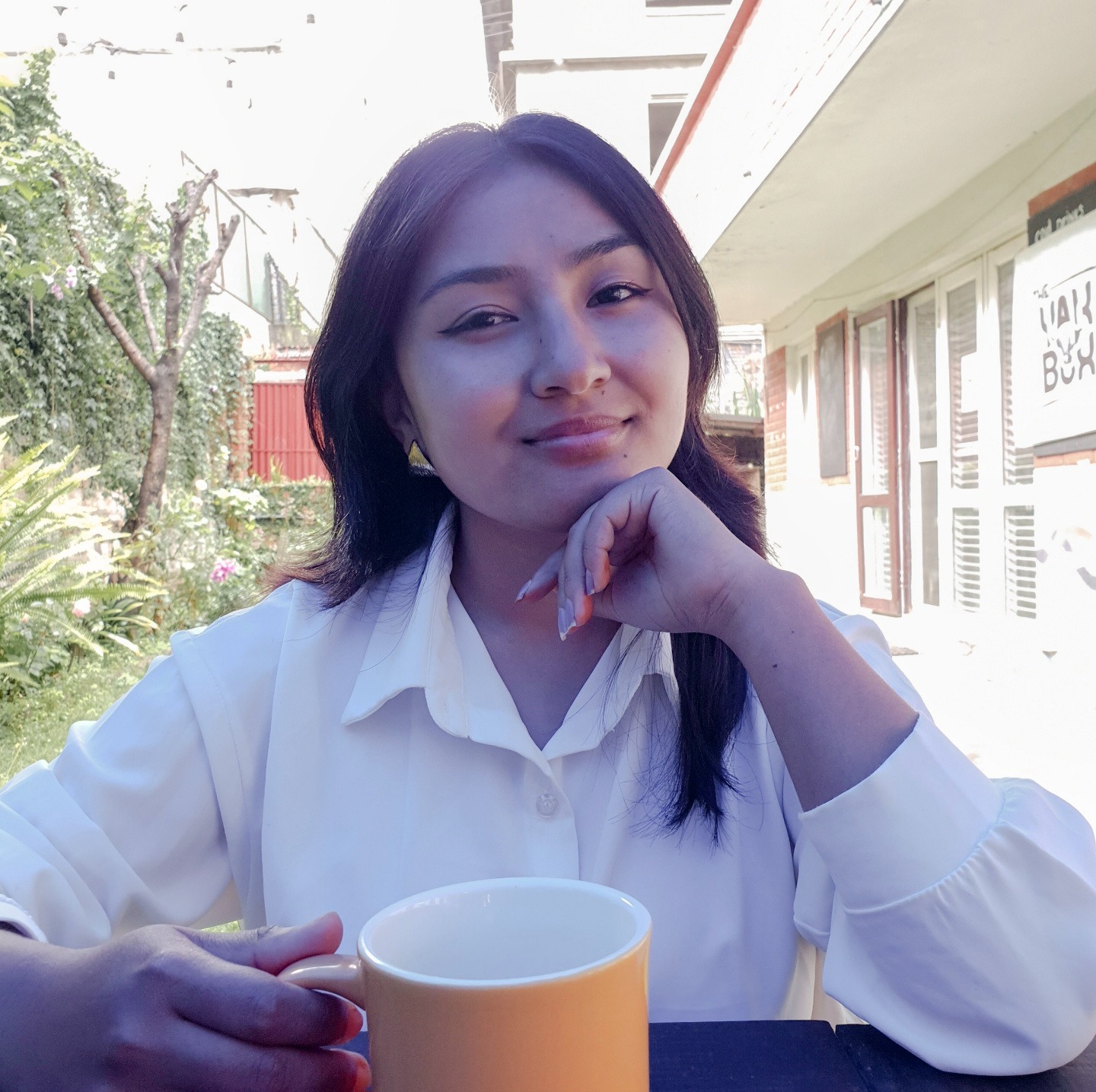

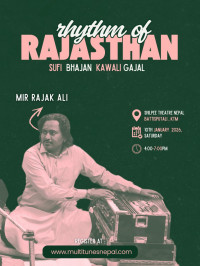











%20(1).jpg&w=300&height=200)

